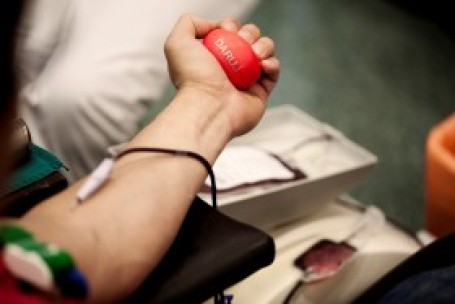Apheresis is a method of collecting blood components in which the venous blood taken is separated into the desired components, which are then withheld outside the body using a special apparatus, while the remaining blood components are returned to circulation. Apheresis is used to eliminate excessive and harmful blood components in treatment (the so-called therapeutic apheresis). Apheresis can also be used to take away patients' haematopoietic stem cells from peripheral blood, which can then be used for treatment by cell transplantation.
Due to the nature of the apheresis procedure, the date and hour of its implementation is planned in advance. A day before a scheduled apheresis, a laboratory test of the patient's blood is performed. A few days before apheresis, patients/donors of haematopoietic stem cells receive a growth factor that promotes the transfer of haematopoietic stem cells from bone marrow to peripheral blood. The collection of haematopoietic stem cells is scheduled and initiated in the period when the concentration of haematopoietic stem cells in peripheral blood is the largest.

Prior to the procedure, patients are given reading material explaining apheresis and a medical questionnaire that they are to complete. After this, the doctor makes a decision regarding their suitability for apheresis. During the procedure, patients are seated in a comfortable chair. A single or double needle system is used to access a blood vessel. The procedure takes from 30 minutes (plasmapheresis) to 90 minutes (plateletpheresis) or several hours (collection of haematopoietic stem cells). The injection site should remain dressed with a compression bandage for at least another two hours after the collection.